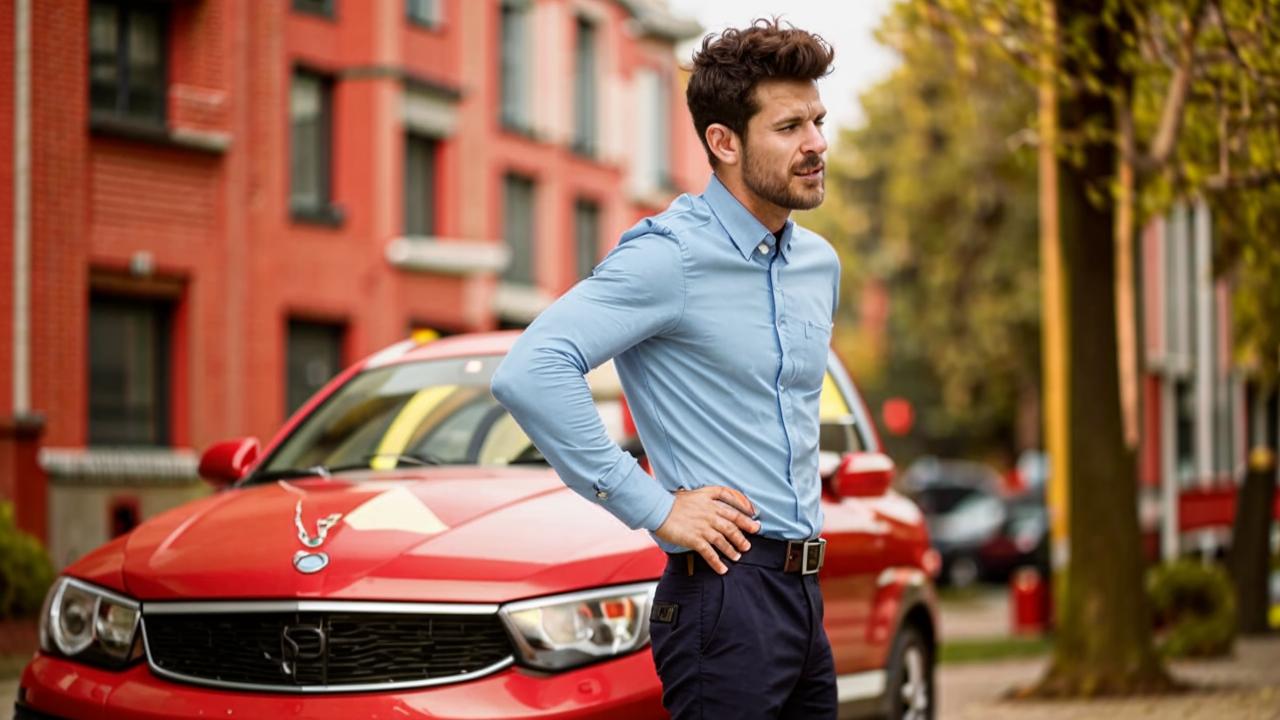What is dead buttock syndrome and how does it affect my workout results? Doctor answers

Office workers, drivers, programmers, civil servants are at risk.

Traumatologist-orthopedist, doctor of physical therapy and sports medicine
“Modern man spends a long time in a sitting position. This is due to working at a computer and spending leisure time in front of the TV or with gadgets in their hands. With this lifestyle, the gluteal muscles suffer. This has led to the term “dead buttocks syndrome”. Normally, these muscles are designed to maintain an upright posture. However, when sitting for long periods of time, they no longer fulfill their function.”
What is dead buttock syndrome?
The gluteal muscle must constantly stretch and contract to remain active. In the sitting position, it remains in a stretched position for a long time and “forgets” how to return to its original position. In doing so, the thigh muscles gradually shorten as they are in a contracted state.
The load that should be on the gluteal muscles is gradually taken over by the hips. This leads to persistent pain and spasms. Over time, the entire musculoskeletal system is disturbed: posture and gait change.
This leads to dead buttocks syndrome, when the gluteal muscles are not engaged when they should be. The condition is noticeable to the naked eye. The most prominent sign is a forward tilt of the pelvis. You can see this in a picture taken in profile. Normally, the shoulder, lower back, pelvic bone and knee form a straight line. If the pelvis is forward and downward, there is a high probability of gluteal muscle dysfunction.

Signs of dead buttock syndrome
Suspect a violation of the muscular apparatus should be suspected with cramps of the calf muscles, problems with keeping balance, frequent occurrence of pain in the hamstrings. With amnesia of the buttocks, stiffness is felt when bending the legs in the area of the hips, as well as weakness of the abs. Pain in the lumbar region, in the hips, knees and even ankles when sitting is a reason to see a doctor.
An orthopedist, surgeon and neurologist will make an accurate diagnosis. Self-identify the problem will help the exercise “half-bridge”. To do this, lie on your back, bend your legs at the knees. Relying on the feet, it is necessary to raise the hips and pelvis upward. If you feel tension and soreness in the lower back, it is likely that the gluteal muscles do not fulfill their function.
The main cause of this unpleasant symptom is a hypodynamic lifestyle. As a rule, this is associated with professional activity. In the risk zone are office workers, drivers, programmers, civil servants. Weakness of the gluteal muscles also aggravates the habit of sleeping in the fetal position, since they are in a stretched position for a long time.

Consequences and prevention
In addition to discomfort during movement and visual disproportion of the body, dead buttock syndrome increases the risk of injury. During walking and running, the hamstrings and lower back are affected. Over time, the cartilage of the knee joint may break down. Power exercises and running in this case not only do not bring the desired effect, but can also cause serious damage.
It is quite difficult to fight atrophy of the gluteal muscles. Therefore, special attention should be paid to the prevention of their dysfunction. In order to reduce the risk of developing muscle weakness, it is necessary that the work desk corresponds to the height. During the day, it is important to get up every hour and do a warm-up. It is enough to walk a few steps. Setting a timer will help you not to forget about breaks. If possible, it is worth changing postures, work standing up.
Regular workouts aimed at lifting the pelvis, inclines, rotations, leg swings, side plank will also improve the condition. It is important to exercise at a relaxed pace, so as not to injure the knee joints and tendons. Regular yoga classes and body stretching help to effectively work the buttock muscles and relieve tension.






